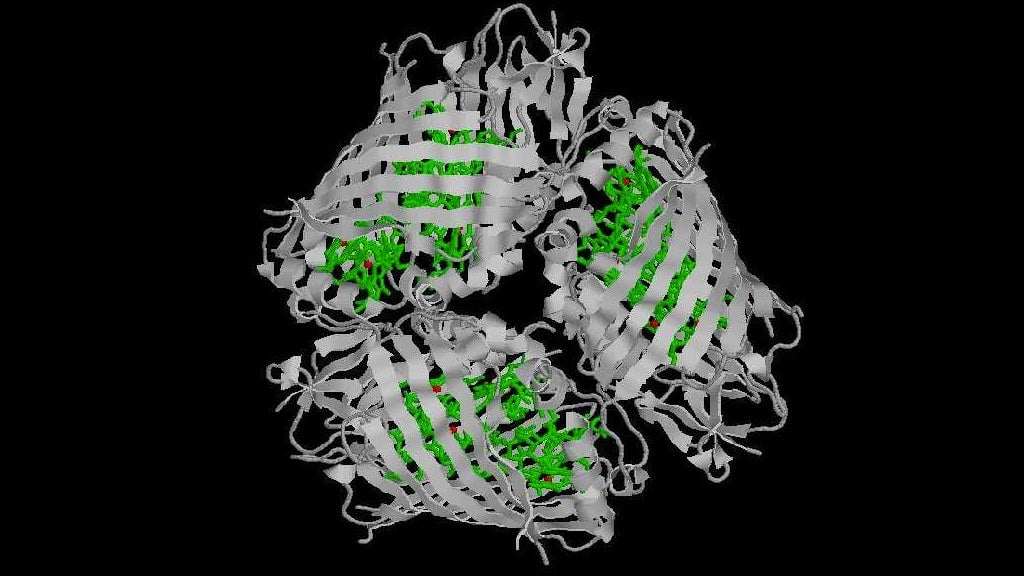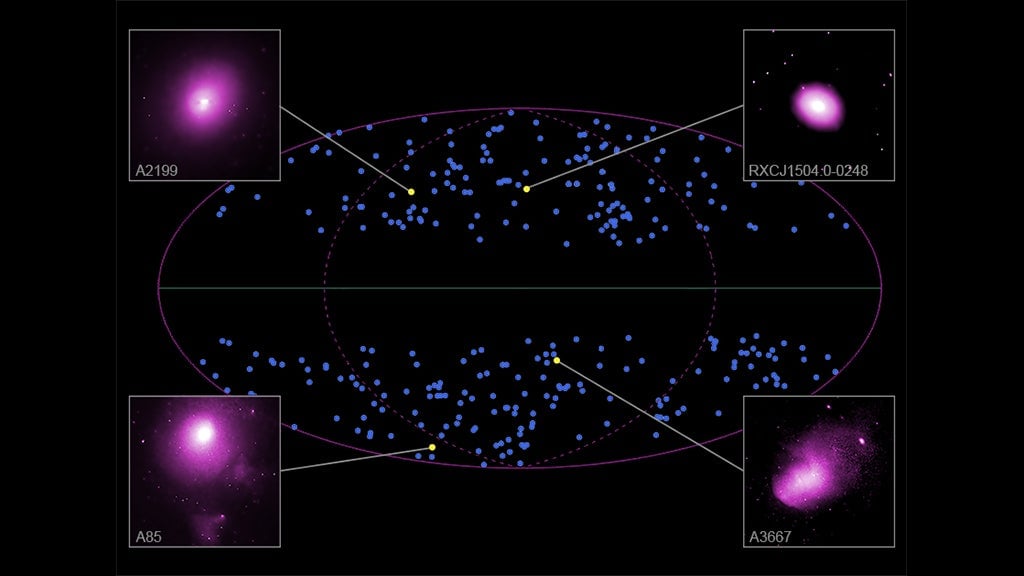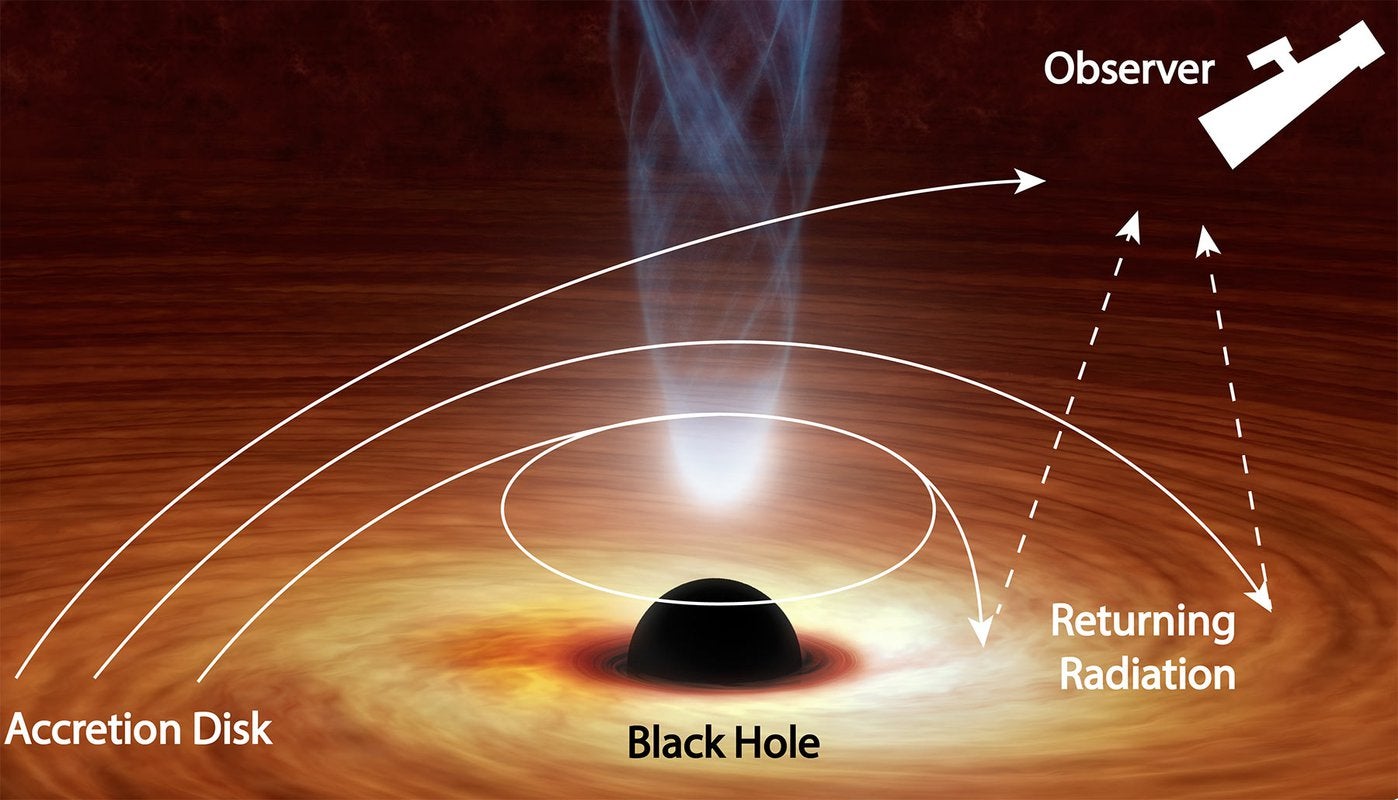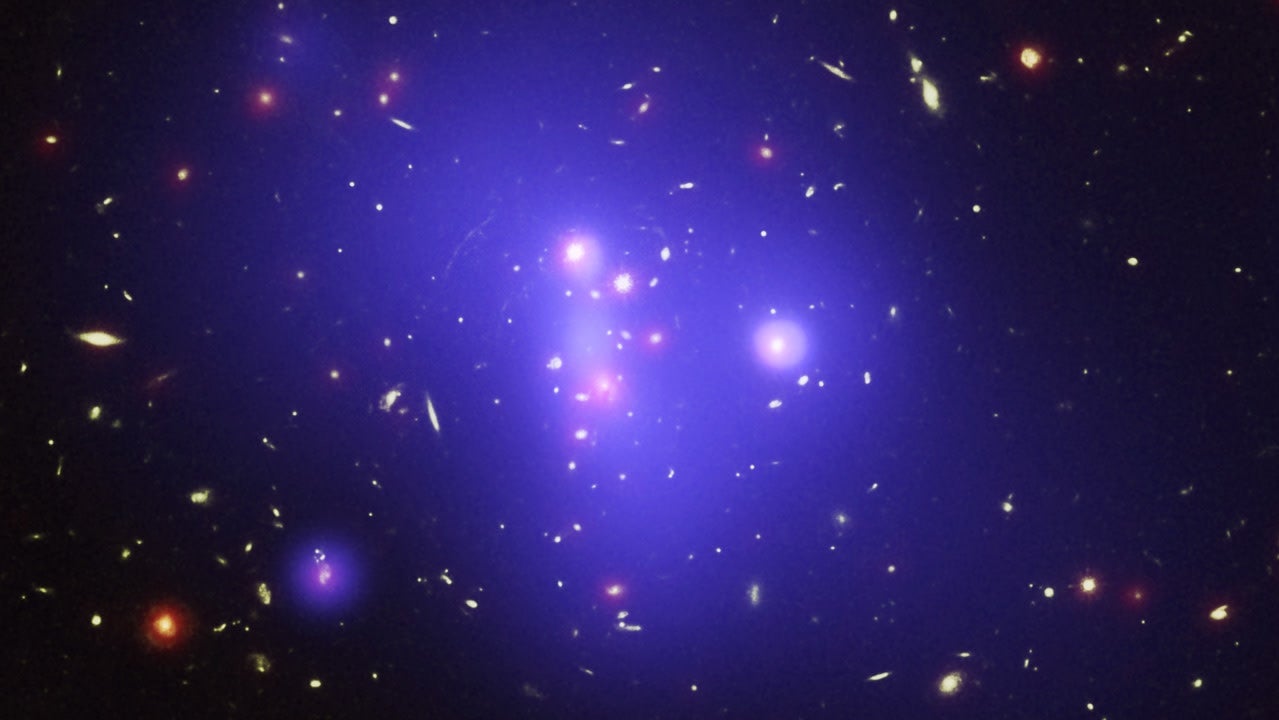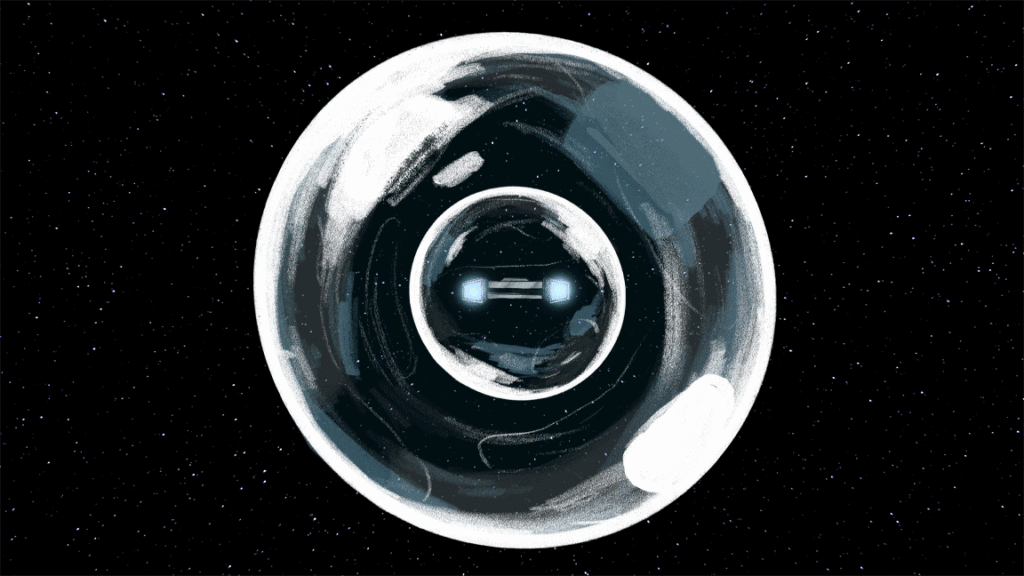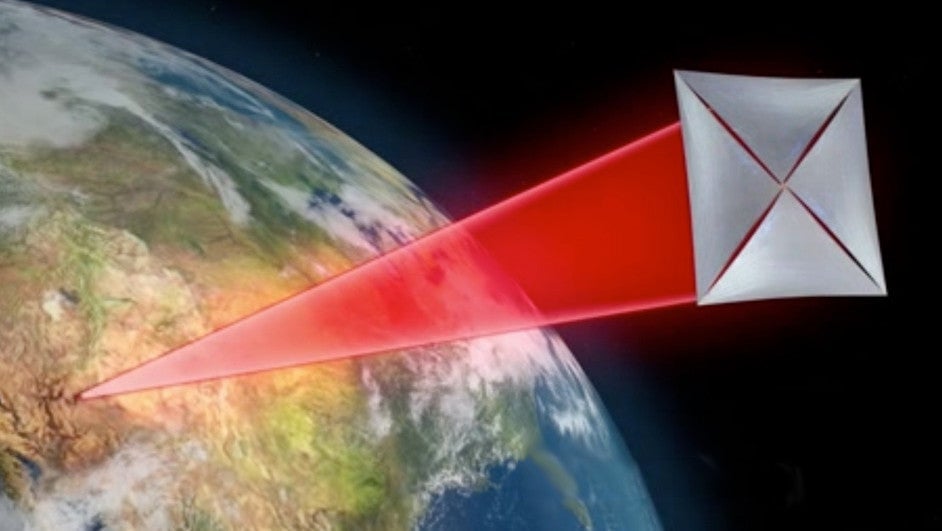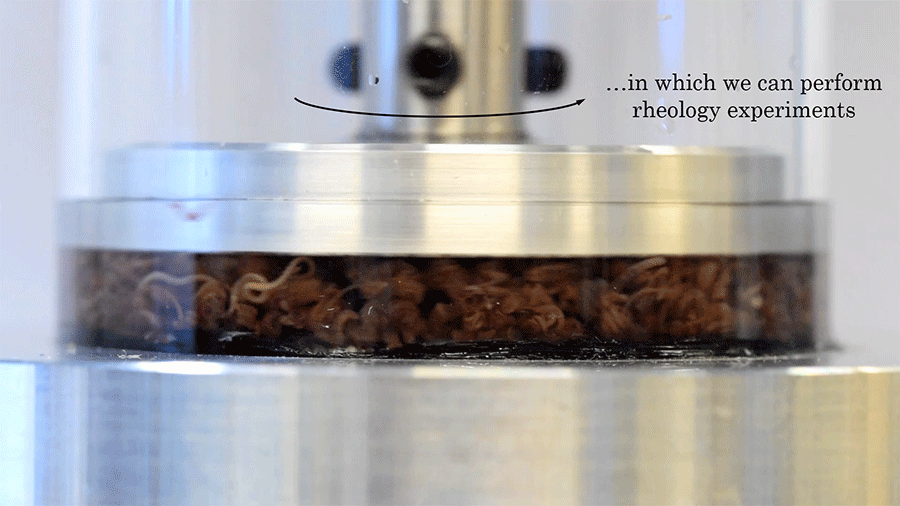The long-standing debate surrounding the role of quantum mechanics in photosynthesis may be reaching a turning point. While the notion of subatomic particles exhibiting “quantum weirdness” like superposition and entanglement within biological systems has intrigued scientists for years, recent research suggests photosynthesis may not be as quantum as previously believed.
The core question revolves around how plants efficiently convert light energy into chemical fuel. This research area gained significant momentum after a 2007 study suggested that quantum coherence played a crucial role in this process. However, a new review of existing experiments challenges this interpretation, proposing that photosynthesis might rely on more conventional mechanisms.
Richard Cogdell, a professor at the University of Glasgow and an author of the new review, clarified to MaagX that while established quantum effects are observed in biology, there is no concrete evidence for the unusual quantum phenomena, like superposition, significantly contributing to photosynthesis.
The 2007 study that ignited the debate investigated the Fenna-Matthews-Olson (FMO) complex, a protein structure found in certain photosynthesizing bacteria. By cooling the complex to extremely low temperatures and exposing it to laser pulses, researchers observed oscillations they interpreted as evidence of quantum coherence. This suggested that the FMO complex might exploit superposition to optimize energy transfer.
This spurred a wave of research exploring quantum phenomena in biology. However, subsequent studies questioned whether the observed oscillations were truly indicative of quantum coherence and whether photosynthesis genuinely requires this phenomenon for its efficiency. A key figure in this counter-argument is Dwayne Miller at the Max Planck Institute for the Structure and Dynamics of Matter, who led the new review published in Science Advances.
Miller’s team argued against electronic coherence based on several lines of evidence. They pointed out that atomic vibrations can also produce similar oscillatory patterns, making it difficult to isolate the contribution of quantum coherence. Furthermore, experiments conducted at room temperature, where photosynthesis naturally occurs, showed that any quantum coherence in the FMO complex lasts only for incredibly short durations—too short to significantly impact energy transfer efficiency. They concluded that energy transfer in photosynthesis likely involves a more straightforward “hopping” process, where excitations jump between molecules, rather than a quantum-governed mechanism.
:max_bytes(150000):strip_icc()/GettyImages-172707711-56a163915f9b58b7d0c0d447.jpg”>https://www.thoughtco.com/thmb/a7pGSN-eA8H6Q9R5h_m453e3z8=/1500×0/filters:no_upscale():max_bytes(150000):strip_icc()/GettyImages-172707711-56a163915f9b58b7d0c0d447.jpg)
Essentially, the FMO complex’s behavior in a controlled, ultra-cold lab setting differs significantly from its natural environment within a cell. Amy Stevens, an assistant professor at the University of Saskatchewan, not involved in the review, supports this perspective, suggesting that while quantum biology is exciting, applying it to real biological systems may be overly optimistic. Shaul Mukamel, a chemistry professor at the University of California, Irvine, concurred, believing this research might definitively refute the quantum interpretation of the observed oscillations.
However, Elisabet Romero, a chemist at the Institute of Chemical Research of Catalonia, argued that while the study might discount quantum effects in the specific FMO complex studied, the findings might not be universally applicable to all light-harvesting complexes found in nature. She emphasized that other biological complexes with different functions could still utilize quantum coherence.
Graham Fleming, a co-author of the 2007 paper, refrained from directly commenting on the new review but pointed towards his recent work on vibrational spectra and a new spectroscopic technique. He highlighted that the vibrations mentioned in the review could not replicate observations from another photosynthetic light-harvesting complex. Miller, however, countered that Fleming’s work still doesn’t conclusively demonstrate a quantum-coherent energy transfer process.
This debate doesn’t mark the end of quantum biology. The possibility of macroscopic quantum effects in biological systems remains an open question. There are ongoing investigations into the role of quantum processes in bird navigation and even our sense of smell. As Mukamel emphasized, these remain important research avenues.
For photosynthesis, however, the latest research suggests a less mystical explanation. Its remarkable efficiency appears to be a product of billions of years of evolution, enabling life to harness energy from the sun through a finely tuned, yet ultimately classical, process.



